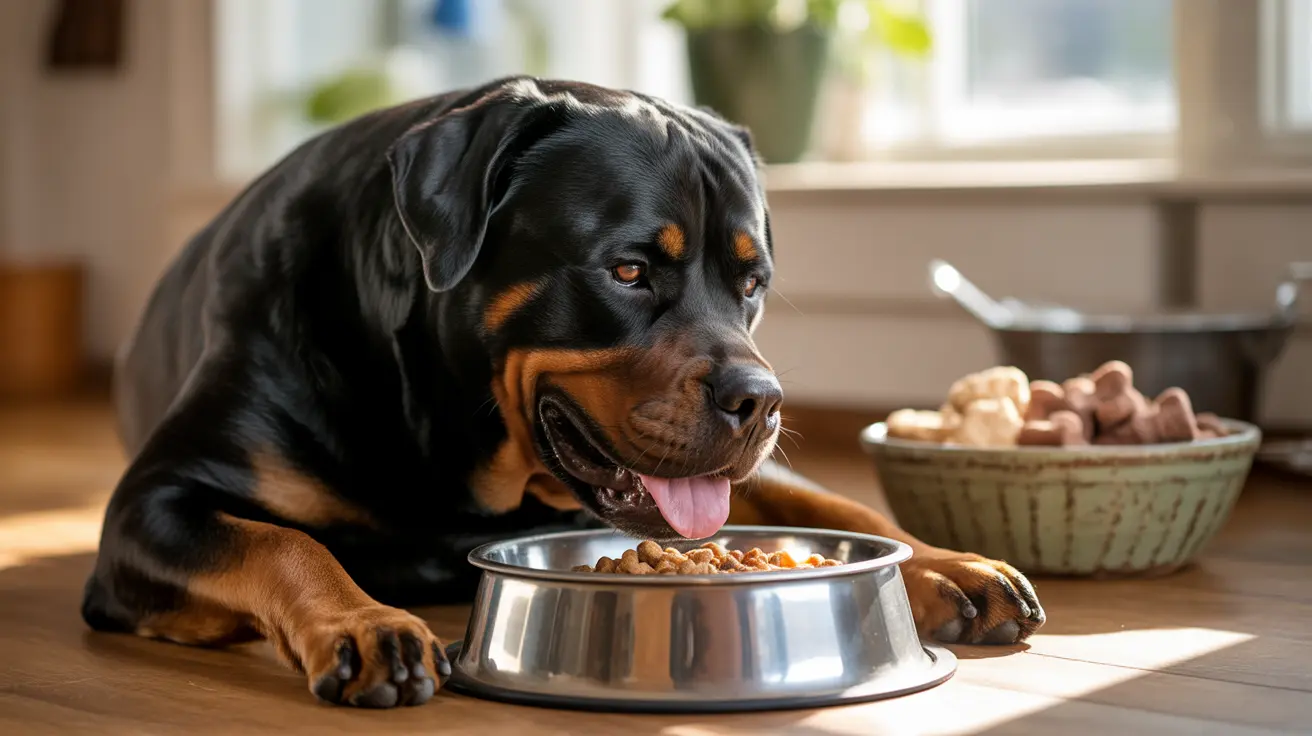What Happens If a Dog Eats a Small Piece of Garlic Bread?
While garlic bread is a tasty treat for humans, it poses potential dangers when consumed by dogs. Even a small amount can introduce harmful substances into your pet's system, depending on the dog’s size and individual sensitivity. In this article, we’ll explore the components of garlic bread, why they’re unsafe for dogs, and what actions to take if your canine companion indulges in a bite.
Why Garlic is Dangerous for Dogs
Garlic belongs to the Allium family, which also includes onions, leeks, and chives— all of which are known to be toxic to dogs. Garlic contains compounds such as thiosulfate and n-propyldisulfide which can damage red blood cells and cause hemolytic anemia.
Symptoms of garlic toxicity in dogs may include:
- Pale gums
- Lethargy and weakness
- Rapid breathing
- Vomiting or diarrhea
- Jaundice
- Dark-colored urine
- Abdominal pain
- Loss of appetite
- Increased heart or respiratory rate
Toxicity depends highly on the amount ingested and your dog’s size and health.
How Much Garlic is Dangerous?
Research suggests it takes 15 to 30 grams of garlic per kilogram of body weight to cause harmful effects. Considering that one garlic clove weighs about 3 to 7 grams, a dog would typically have to eat several cloves to experience severe toxicity. However, some dogs are more sensitive, and the effect of garlic can be cumulative, meaning even small, repeated doses can eventually cause harm.
What Makes Garlic Bread Especially Risky?
Garlic bread is more than just garlic:
- Butter and oils: High in fat and can lead to pancreatitis.
- Seasonings and salt: May upset your dog’s stomach or lead to electrolyte imbalances.
- Cheesy toppings: Contribute to excess fat intake.
While the amount of pure garlic in a small piece of garlic bread may be minor, it’s never entirely safe since the combined ingredients also pose health risks.
What to Do If Your Dog Eats Garlic Bread
If your dog eats any amount of garlic bread, even a small piece, you should:
- Monitor for symptoms over the next few days.
- Contact your vet promptly for advice.
- Do not induce vomiting unless instructed by a veterinarian.
Depending on the amount consumed and your pet’s condition, your vet may recommend:
- Inducing vomiting (if early enough)
- Administering activated charcoal
- Running blood and urine tests
- Providing IV fluids and GI medications
- In severe cases, a blood transfusion or oxygen therapy
Are There Any Safe Uses of Garlic for Dogs?
Some sources claim garlic has health benefits such as boosting the immune system or repelling parasites. These claims include benefits like:
- Providing vitamins A, C, and B-complex
- Supporting liver function
- Antioxidant and antimicrobial effects
However, the veterinary community overwhelmingly advises against using garlic due to its potential toxicity and inconsistent responses among different breeds and sizes.
At-Risk Dogs
The following dogs are more susceptible to garlic toxicity:
- Puppies
- Pregnant or nursing dogs
- Anemic dogs
- Breeds like Akitas and Shiba Inus
Such dogs should never consume garlic under any circumstances.
Preventing Accidental Garlic Ingestion
The best way to protect your dog is to keep all garlic-containing items out of reach. Avoid feeding:
- Table scraps with seasoning
- Garlic-flavored sauces or pastes
- Human foods with garlic powder or salt
Instead, stick to commercial, complete dog foods or vet-approved treats that meet your dog’s nutritional needs safely.
Conclusion
A small piece of garlic bread might not immediately cause a crisis, but it’s still best to approach the situation with caution. The safest policy is to avoid garlic entirely and maintain a balanced diet specifically designed for your dog. If accidental ingestion occurs, contacting your vet right away can prevent complications down the road.





